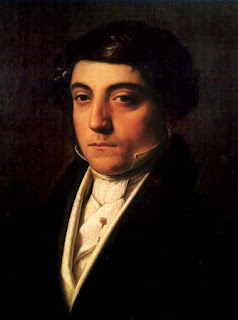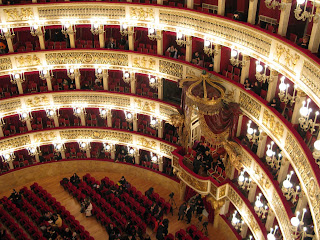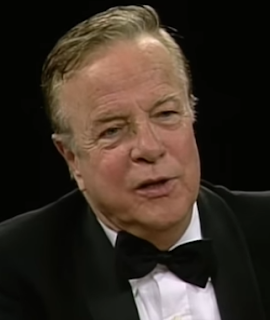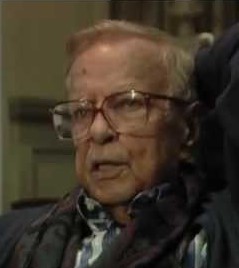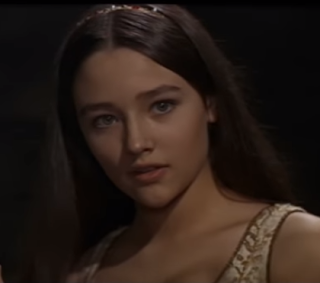‘Greatest artist of all time’ left amazing legacy of work
 |
| The Rondanini Pietà, which the death of Michelangelo left incomplete Photo: Paolo da Reggio (CC BY-SA 3.0) |
His death came three weeks before his 89th birthday while he was still working on his last sculpture, the Rondanini Pietà, a version of the Virgin Mary with the body of the dead Christ.
Michelangelo had been a sculptor, painter, architect and poet who had exerted an enormous influence on the development of art.
During his lifetime he was considered to be the greatest living artist and he is now considered to be one of the greatest -- if not the greatest -- artists of all time.
Michelangelo was born in 1475 in the small town of Caprese near Arezzo in Tuscany, which is now known as Caprese Michelangelo.
.
He was sent to Florence to be educated but preferred to spend his time with painters, trying to copy the pictures in the churches, rather than be at school.
.
At the age of 13 he was apprenticed to the artist Ghirlandaio and was asked to produce sculptures for Lorenzo dè Medici.
.
Eventually he moved to Rome where he was commissioned to carve his first Pietà, a sculpture showing the Virgin Mary grieving over the dead body of Jesus.
Michelangelo was 24 when he finished what soon came to be regarded as a masterpiece. The sculpture is located inside St Peter’s Basilica.
On his return to Florence he was commissioned to produce a statue in Carrara marble portraying David as a symbol of Florentine freedom. He completed the statue of David, perhaps his most famous work, in 1504 before he reached the age of 30.
| Michelangelo's David in the Accademia in Florence. Photo: Jorg Bittner Unna (CC BY-SA 3.0) |
Although painting was not his favourite art form, Michelangelo completed two of the most famous frescoes in the history of art. He painted the scenes from Genesis on the ceiling of the Sistine chapel in Rome and the Last Judgment on its altar wall.
At the age of 74 he was asked to take over the designs for the new St Peter’s Basilica and he transformed the original plan.
The western end was finished to Michelangelo’s design and the Dome was completed after his death.
His artistic output throughout his whole life was prolific and much of his work has had an impact on the course of art history. He was the first artist to have his biography published while he was still alive. Giorgio Vasari said Michelangelo’s work was ‘the pinnacle of all artistic achievement since the beginning of the Renaissance.’
Michelangelo was referred to as ‘Il Divino’, (the divine one) even while he was still alive.
After Michelangelo’s death, his body was taken from Rome for interment at the Basilica of Santa Croce, fulfilling the great artist’s last request to be buried in his beloved Florence.
Travel tip:
Arezzo, the nearest town to Michelangelo’s birthplace, Caprese Michelangelo, is an interesting old town in eastern Tuscany. The 13th century Basilica of San Francesco in the centre of the town is famous for containing Piero della Francesco’s cycle of frescoes, The Legend of the True Cross, painted between 1452 and 1466.
Travel tip:
Michelangelo’s last sculpture, the unfinished Rondanini Pietà, which he was working on during the last days of his life, can be seen in the museum named after it in the Sforza Castle in Milan. There is free entrance to the 15th century castle in Piazza Castello, but entrance to the Museo Pietà Rondanini-Michelangelo inside the castle is by ticket. For more details visit www.milanocastello.it
Home












